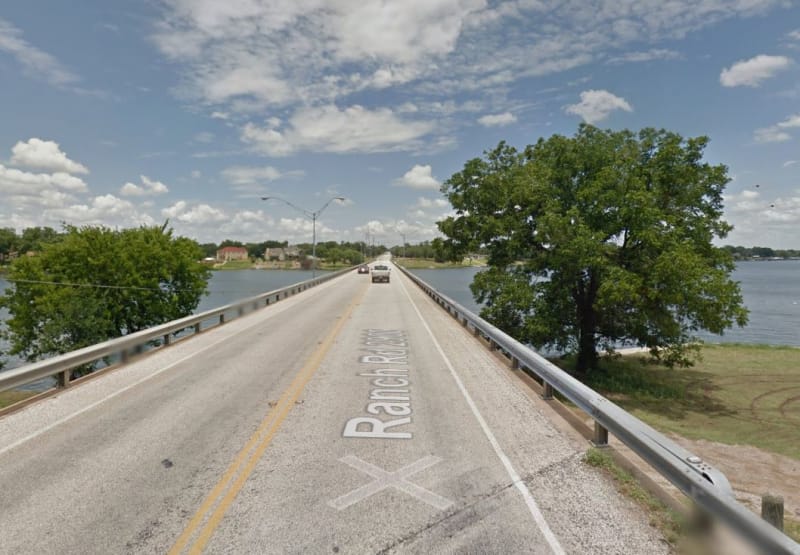"That supposes that this latest hurricane was 'an extremely unlikely' event."
Not necessarily. I was attempting to shed some light, in general terms, on the decision-making process used to set the design criteria for civil infrastructure. I haven't seem anything thus far indicating how the level of flooding in this instance would be classified. Nor have I seen what level of flooding event the bridge was designed for. Without those two pieces of information, it's impossible to say whether this was a design failure, the result of inadequate design criteria, or an extremely unlikely event which was not reasonable to anticipate, nor spend hundreds of thousands or millions of dollars to mitigate a tiny risk.
In hindsight, it's easy to say they should have spent the money, since it will now cost millions more to replace it. However, spending an extra million or so, of a finite budget, to potentially save this bridge from an event it isn't likely to ever see within its useful life, would have meant other bridges didn't get safety upgrades that could save lives. Maintaining infrastructure on a limited budget requires tradeoffs and making hard decisions about how to allocate resources. It must be done prudently, weighing risk against cost, and placing a high premium on the safety of those using that infrastructure.




